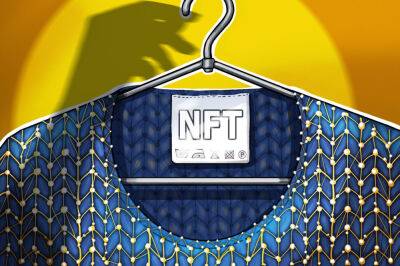Polygon gains 83% in a month, but data show project has been losing traction
Polygon (MATIC) had a promising July, gaining an impressive 83% in 30 days. The smart contract platform uses layer-2 scaling and aims to become an essential Web3 infrastructure solution. However, investors question whether the recovery is sustainable, considering lackluster deposits and active addresses data.
According to Cointelegraph, Polygon rallied after being selected for the Walt Disney Company's accelerator program to build augmented reality, nonfungible token (NFT) and artificial intelligence solutions.
Polygon announced on July 20 plans to implement a zero-knowledge Ethereum Virtual Machine (zkEVM), which bundles multiple transactions before relaying them to the Ethereum (ETH) blockchain. In a recent interview with Cointelegraph, Polygon co-founder Mihailo Bjelic stated this solution would slash Ethereum fees by 90% and boost throughput to 40–50 transactions per second.
Another reason for Polygon's rally was the growing number of platforms that started to offer liquid staking for MATIC tokens, which enabled holders to earn additional rewards. Examples include Lido Finance, Balancer, Meshswap and Ankr Staking, according to DeFi Pulse.
Despite currently being 69% below its -time high, Polygon remains a top-12 token by capitalization rank. Moreover, the network holds $1.72 billion worth of deposits locked on smart contracts, known in the industry as total value locked, or TVL.
Polygon's Ethereum-compatible scaling is fully functional, hosting decentralized applications (DApps) that vary from decentralized exchanges (DEXs), collateralized loan services, yield aggregators, NFT marketplaces and games.
Despite Polygon's 83% rally in 30 days, the network's TVL measured in MATIC tokens dropped by 42% in the same period. As a
Read more on cointelegraph.com cointelegraph.com
cointelegraph.com









